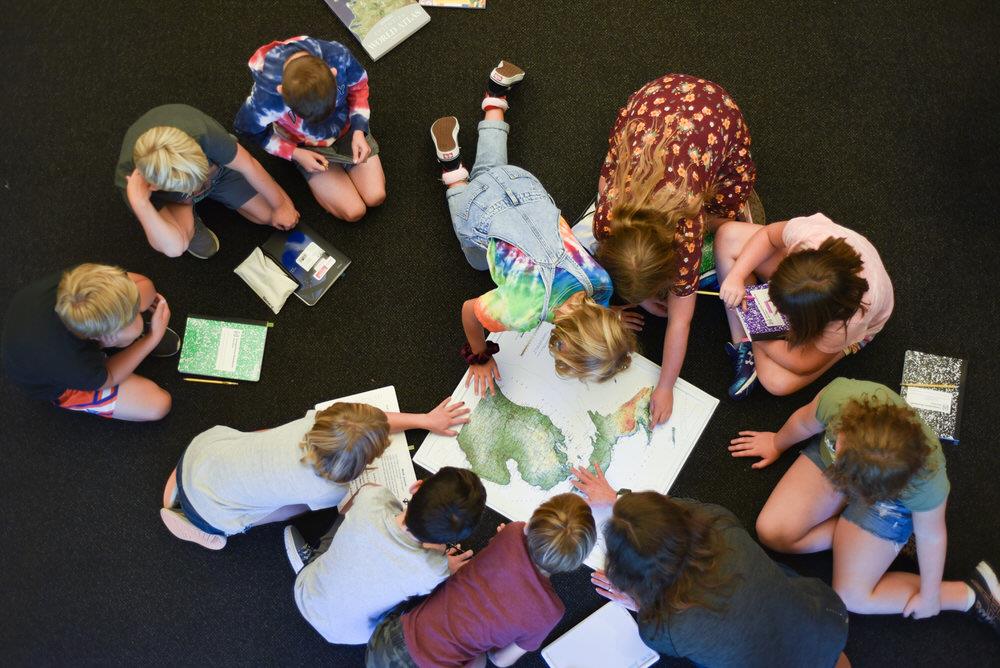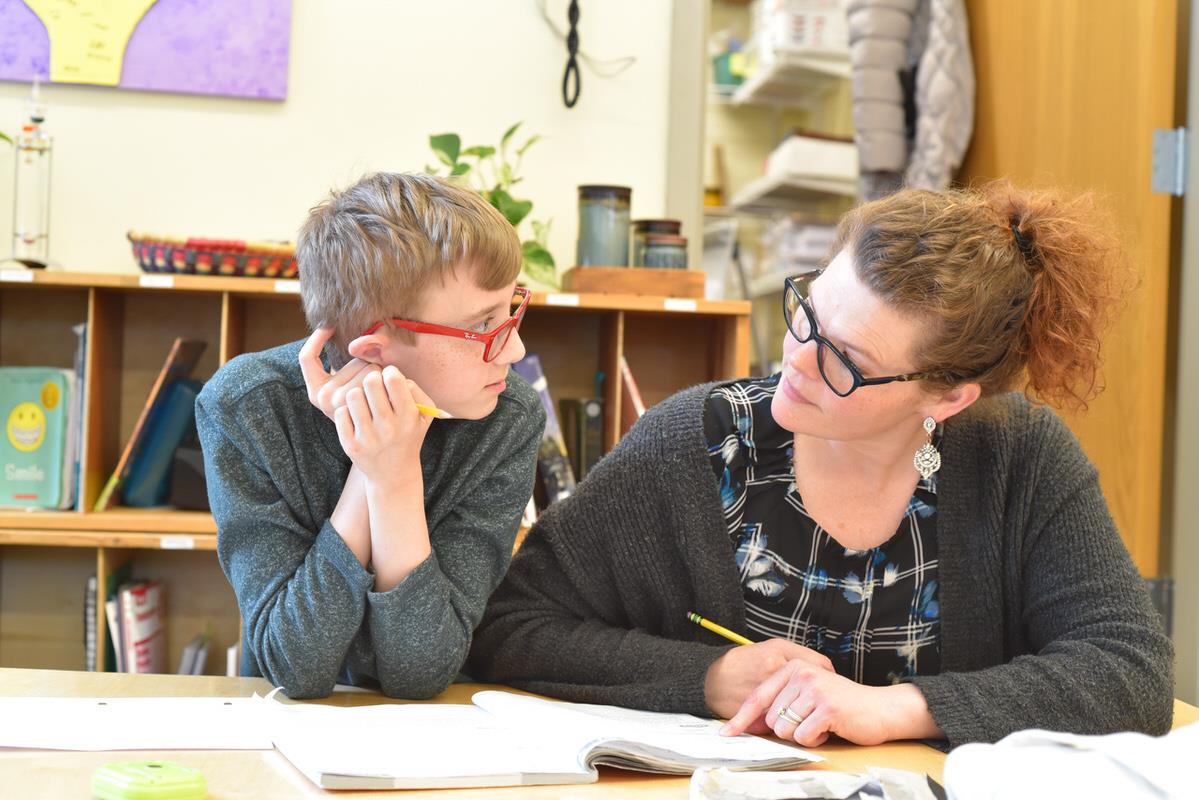Why do Montessori schools use the term “guide” instead of “teacher” and how is a guide’s role different from what may be expected of a traditional teacher? Word choice matters and helps all of us in the role of guide stay true to our training and the children’s needs. One definition of “to teach” is “to impart knowledge,” whereas “to guide” can be defined as “to show the way.” From the child’s perspective, a difference between approaches may be perceived as either being given all the answers or being shown how to find your own.
Whether we trained to become a Nido, YCC, Primary, Elementary or Adolescent guide, we were all imbued with the same fundamental Montessori principles: an unconditional love and respect for each child and their individual development, an understanding of how to create a prepared environment to foster this development and a commitment to our own lifelong learning and growth in order to optimally serve each child in our care.
The guide embraces wholeheartedly all aspects of each child who comes our way. Our task is to nurture the natural development of the whole child: socially, emotionally, physically, and cognitively. We set aside preconceived notions of who they should be and open our hearts to the possibilities that unfold before us. Valuing the children’s unique rhythms, work patterns, and senses of time allows them to do their great work of self-construction at their own pace and in their own way. When we communicate to them that they are loved for all of who they are, they can freely pursue those interests that meet their needs and create the person they are meant to be.
Our love for them and respect for their unique development require that we provide an optimal environment in which they can grow. Whether the activity is rolling over, climbing stairs, tying shoes, counting to 1,000, researching a favorite animal, cubing a trinomial, or planning an out-of-state trip to a historical site, the role of the guide is to provide the necessary materials for the children to achieve their goals. As the children progress through the prepared environments, a continuity of materials and philosophy exists. Just as the furniture gradually gets larger to fit the growing bodies, the materials change, or their uses are modified to meet the children’s social, emotional, physical, and intellectual needs. The fine motor and spatial skills mastered with the trinomial cube in Primary evolve into an exploration of the concrete representation and then to an abstract understanding of how to cube (a + b + c) in Elementary. Another common thread from Nido to Adolescent is the care of the environment. With guidance, the children care for the materials and each other, thus creating a community in which all resources and members are valued.
For guides to “show the way” to each unique individual we serve, we have committed ourselves to a life of learning and growing. We meet each child where they are and strive to provide what they need to reach their potential. Different children need different things at each stage of development, and the guide must continuously learn how best to meet those needs. Whether a YCC child shows a need for more focused gross motor development or an Elementary child requires a different approach to strengthen fine motor skills, the guide observes, assesses, adapts and/or seeks assistance to ensure these children receive the necessary support. This lifelong learning also enables the guide to inspire the children, either directly or by example, to pursue areas of learning that spark their interest.
Thus, the distinction between teaching and guiding is one that recognizes that learning is the child’s work. Our unabiding love of children and respect for their individual development, achieved through purposeful activity, coupled with an acknowledgment that learning is essential throughout one’s life, allows the guide to spread seeds of inspiration and provide a safe, loving environment in which the whole child can grow.
“The secret of good teaching is to regard the child’s intelligence as a fertile field in which seeds may be sown, to grow under the heat of flaming imagination.”
-Dr. Maria Montessori
To Educate the Human Potential, p. 51

